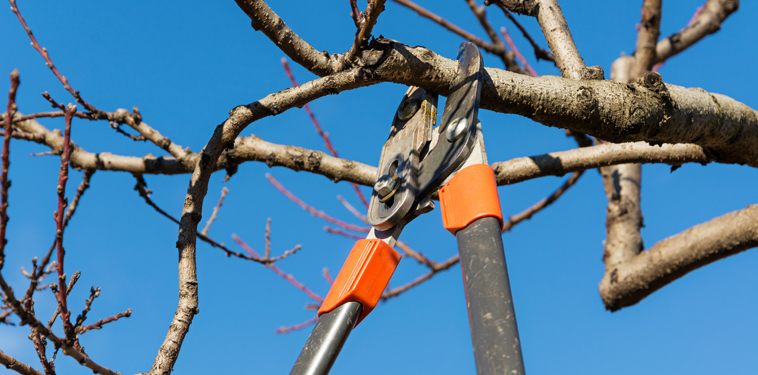
Prune for a Healthier, Stronger Tree
Pruning is a proven and effective method that influences the growth and form of plants. Through pruning, insect and disease damages can be prevented, especially during the formative years of a plant’s life.
For most shrubs and trees, the ideal time of the year to prune is during the late dormant season, when they have enough time to heal from wounds and cuts. Timing is very crucial in deciding when shrubs have to be pruned.
Pruning can otherwise kill your crops if it is not performed accordingly. The climate, species, habitat, and current shrubs’ current health are the most common considerations when pruning. No matter how easy it may seem, shrub pruning should not be done by inexperienced hands.
It would be best to have the right tools to make the appropriate cuts for each of your plants. That is to ensure you can maintain a lovely landscape while also keeping your shrubs in good condition. Call Tree Service Asheville today!
Advantages Of Pruning
Your shrubs will have more nutrients and minerals from the soil since there will be less to nurture in the plant. The plant’s energy shall also be pushed to a higher level and will result in growing more vital parts.
Once your shrubs already become inappropriately appearing to blend with your landscape or yard, pruning will do the trick for you.
You may choose the design, form, and shape of your shrubs, too. If you have limited space in your yard, pruning will allow you to restrict their size as well.
Shrubs that grow near homes, parking areas, sidewalks, and elsewhere that people usually pass by may be pruned. The weak, overhanging, and almost falling limbs should be removed.
However, if you are not an expert in this, never try to prune those near electrical and utility wires to avoid accidents.
The way you prune your crops affects the direction of its growth later on. It could be facing in a specific direction where the sun appears or where it is safe. With the restricted direction of plant growth, it is possible to stay safe from having trees and shrubs leaning in the wrong direction.
Shrubs with dead or diseased branches and other parts often become a target to most pests, which may invade your shrubs and your yard. Pruning and removing them is ideal.
Because pruning reduces shrubs’ thickness, the lower parts of a plant to receive sunlight and air improve. Those are two very essential needs of a plant for healthy growth.
Pruning Shrub Tools
Even if you are good at pruning but don’t possess the appropriate tools to do it, failure can still happen. Likewise, if devices are not kept in good condition, pruning will not be effectively done.
From the various pruning tools available today, here are some that you might find useful enough to keep for the future needs of your shrubs.
One of the best weapons you’ll need for pruning. It lets you cut at least ¾ inches in diameter.
Almost identical to pruning shears but with a more extended handle and greater capacity. It can cut up to 11/2 inches in diameter.
This is a unique tool used only for cutting hedges. Hedge shears are the best when pruning small stems.
Branches of up to 1-inch diameter can be pruned using this tool. Hand saws are available in many different forms. The special tri-cut, also called the razor tooth pruning saw, is used to cut up to 4 inches of diameter easily.
These are tools that make it easy to reach farther areas in the tree or shrubs. However, this tool’s users should be cautious in using them because it’s tough to make smooth cuts with Pole Saws.
Before using chain saws for pruning branches and shrubs, you should be wearing protective clothing and gear. Chain Saws are not recommended to be used for areas that are higher than your shoulders or if you need to be on a ladder to use it.
General Pruning Guidelines On Pruning Trees and Shrubs
- Prune the branches that are broken, dead, or diseased.
- Prune one of the limbs or components that are entangled, crossed, or competing.
- Prune the branches that are growing downward.
- Prune limbs in the trunk that are bigger in size and diameter.
- Prune the “water sprouts” or those that are vigorous vertical growing.
- Prune large limbs first from the top of the tree.
- “Heading” is a cut that includes only a part of the branch for vegetation growth.


